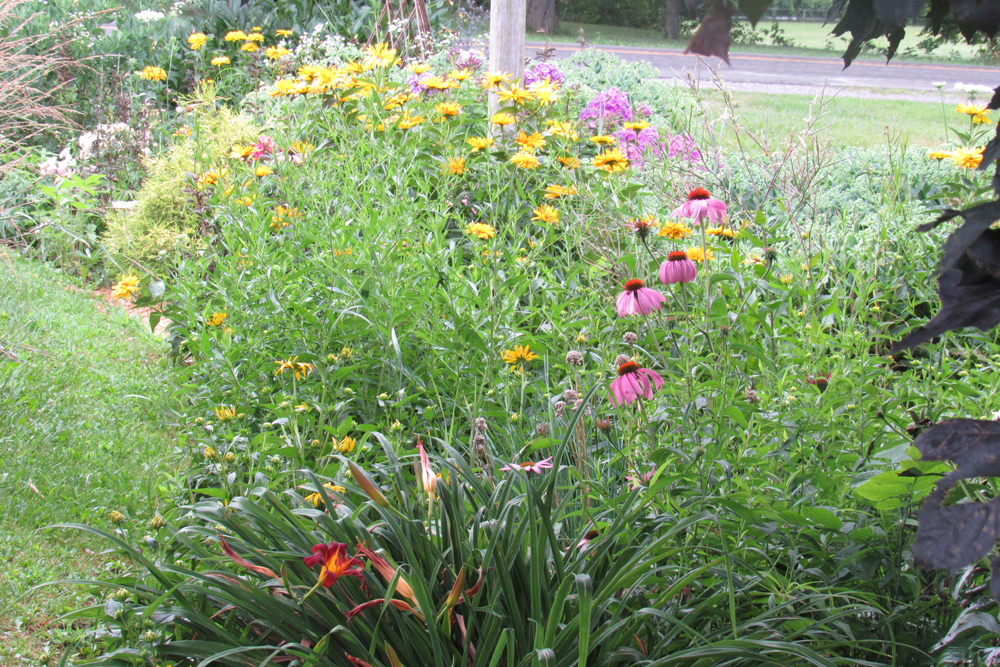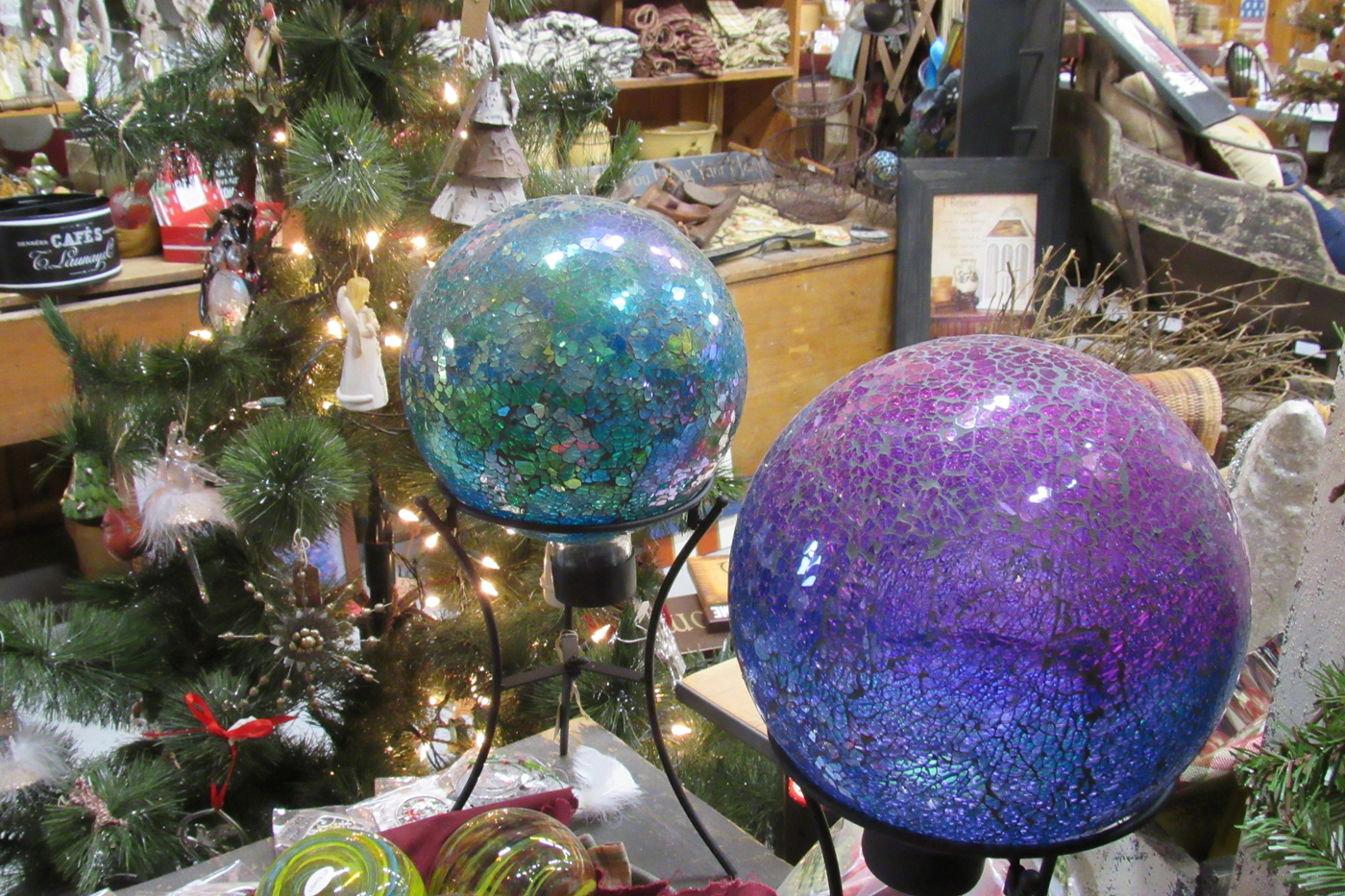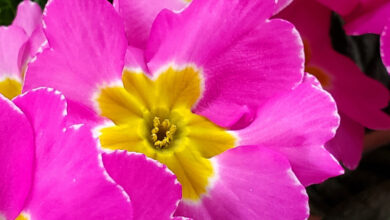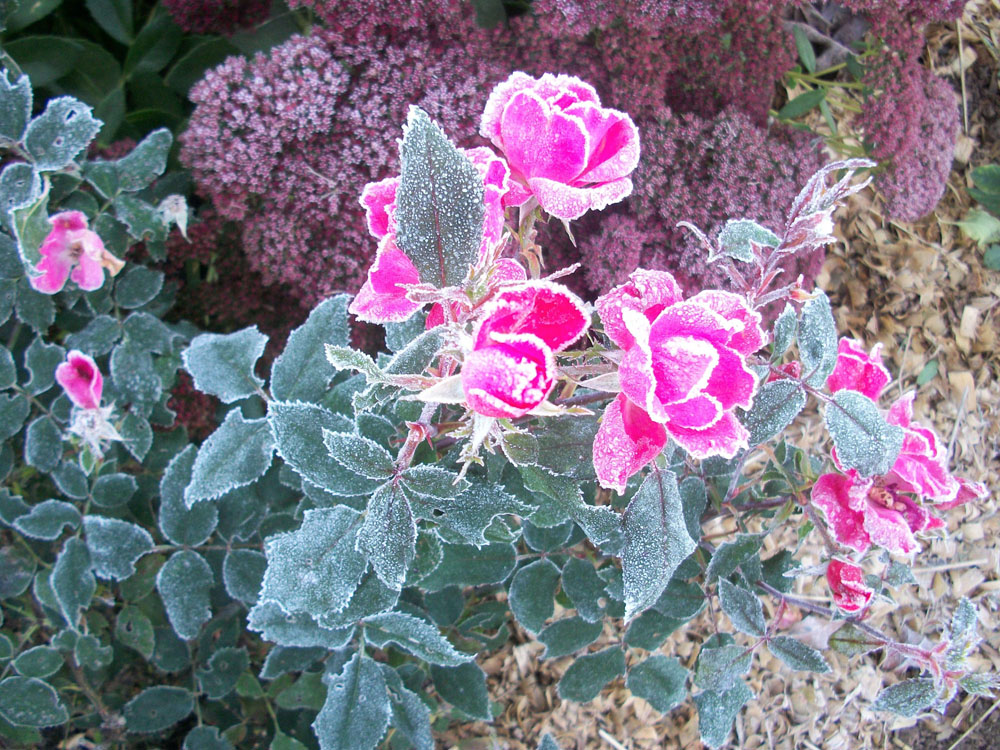Texture in the garden and landscape

Texture is one of a plant’s physical characteristics that helps provide interest, variety, and beauty in the landscape. Other physical characteristics include form, size, and color. Cornell University says there is no right or wrong way to use texture in your garden and landscape, but just being aware of this quality is helpful in designing more pleasing plantings.
Texture describes how coarse or fine the overall surface and individual leaves of a plant feel or look. University of Florida Extension says that a variety of textures provides interest and contrast to the landscape. You may find that texture is one of the things that draws you to a particular plant. When you design your plantings, it is the visual texture of plants, as opposed to the tactile experience, that you will be most concerned about.
In addition to foliage, texture can also be found in the flowers, blades, and bark of the plant, as well as its overall branching pattern. Consider, too, that a plant’s texture may change as the seasons change. The bark and shape of deciduous plants become the dominant texture in the winter after the leaves are dropped. This is an important consideration if you want to have year-round interest in your landscape.
Plant textures range from fine to medium to coarse. According to Cornell University, most plants are medium-textured. By adding fine and coarse-textured plants to your landscape design, you add visual interest.
Fine-textured plants typically have small leaves and/or blossoms. They have a light and airy feel and create an illusion of filling space, Cornell says. They fade into the background and can make a small space seem bigger. Examples include ferns, grasses, honey locust, lavender, fennel, spirea, and vines.
Medium-textured plants have branches and foliage that are neither large nor small. They have medium-sized leaves with simple shapes and smooth edges. Medium- textured plants are important, University of Florida Extension says, because they provide a background to the landscape and work to link and unify coarse and fine-textured plants. Think of lilacs and viburnum.
Coarse-textured plants usually have large leaves and/or blossoms as well as thick twigs and branches. They are exciting, in-your-face attention grabbers like hostas, holly, hydrangea, castor beans, and even rhubarb. In mass, coarse-textured plants can help a large, expansive space feel smaller.
A balance of texture is important. Cornell University says landscapes with all medium-textured plants can feel lackluster, but too much textural contrast can make a garden feel busy. If your landscape features fine-textured plants, it can lack focus without some specimen plants to catch the eye. Course-textured plants need medium and fine-textured plants to keep them from looking awkward and unwieldy.
Here are some strategies for using texture from University of Florida Extension: mix textures for a balance of all three – coarse, medium and fine; carefully use plants of the same texture to emphasize form and color of your plants; choose one texture as your dominant texture and add a few plants of the other textures for specimen plants and contrast; finally, use both color and texture to emphasize plants.





